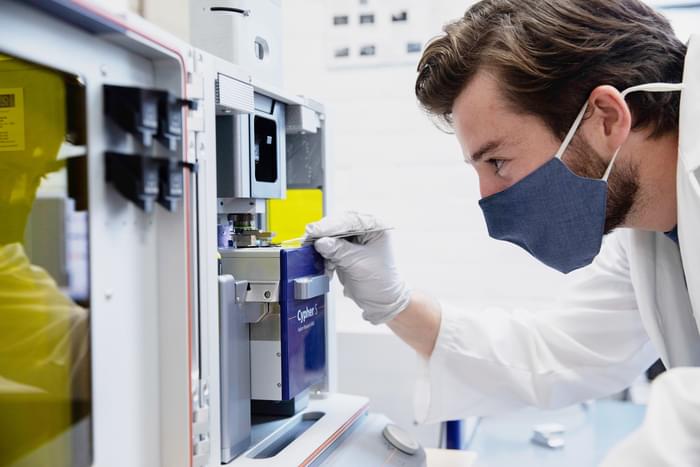During NeurIPS 2021, seven quantum computer scientists from Amazon came together to discuss the current state of quantum computing, some of the biggest challenges facing the field, and what the future might hold.
Panelists included:
• Simone Severini, director of quantum computing.
• Antia Lamas-Linares, principal research scientist.
• Earl Campbell, senior research scientist.
• John Preskill, Amazon Scholar.
• Katharine Hyatt, applied scientist.
• James Whitfield, Amazon Visiting Academic.
• Helmut Katzgraber, senior practice manager.
Follows us:
Website: https://www.amazon.science.
Twitter: https://twitter.com/AmazonScience.
Facebook: https://www.facebook.com/AmazonScience.
Instagram: https://www.instagram.com/AmazonScience.
LinkedIn: https://www.linkedin.com/showcase/AmazonScience.
Newsletter: https://www.amazon.science/newsletter.
#AmazonScience #Quantum #QuantumComputing #QuantumTech #NeurIPS






